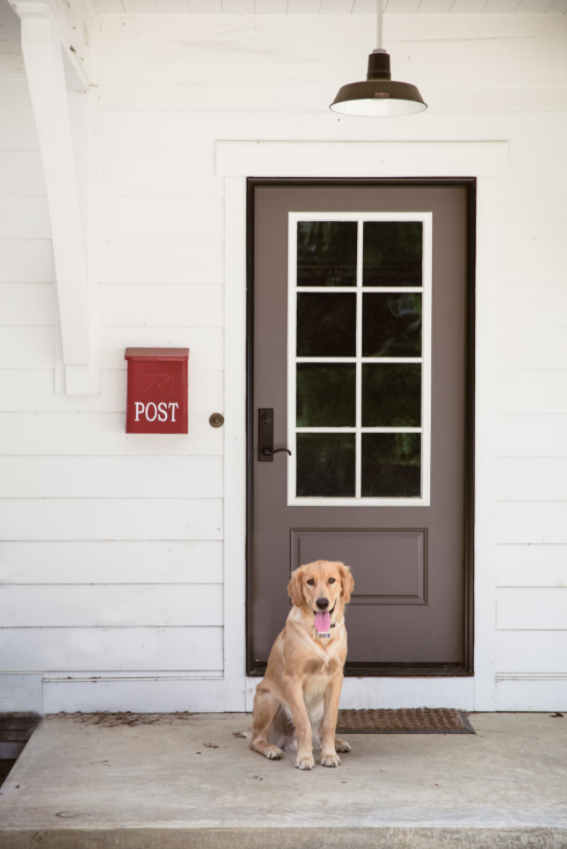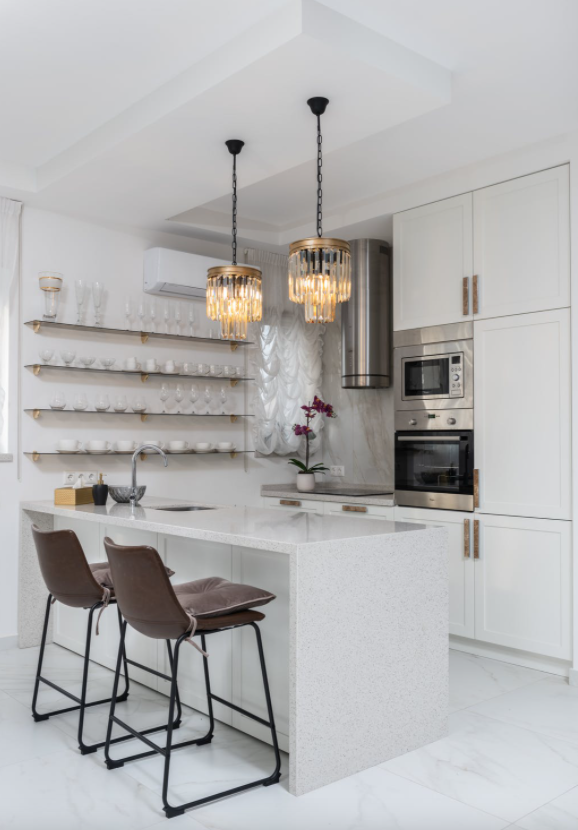Comparing Traditional vs. Modern Roofing Techniques

Roofing is an essential component of architecture, serving both functional and aesthetic purposes!

Throughout history, the methods and materials used for roofing have evolved dramatically, reflecting advancements in technology, cultural preferences, and environmental considerations. Understanding the differences between traditional and modern roofing techniques not only highlights their respective strengths but also helps homeowners make informed decisions. Let’s dive into the contrasts, benefits, and limitations of these two approaches.
Traditional Roofing Techniques
Traditional roofing techniques are deeply rooted in history and regional culture. Materials like clay tiles, slate, and wood shingles have stood the test of time, offering durability and aesthetic charm. For instance, clay tiles, widely used in Mediterranean and Spanish-style homes, provide excellent thermal insulation and are resistant to fire. Similarly, slate roofing, known for its longevity, can last over a century when properly maintained. These materials often rely on skilled artisans who pass their knowledge down through generations, ensuring a high level of craftsmanship.
However, traditional methods are not without drawbacks. The installation process is often labor-intensive and time-consuming, leading to higher initial costs. Additionally, the weight of materials like clay and slate requires a robust structural foundation, limiting their application in some modern constructions. Despite these challenges, traditional roofing remains a popular choice for those seeking timeless elegance and proven durability.
Modern Roofing Techniques
The advent of modern roofing techniques has revolutionized the industry, offering solutions that prioritize efficiency, sustainability, and versatility. Materials such as asphalt shingles, metal panels, and synthetic composites are designed for quick installation and lower upfront costs. Asphalt shingles, for instance, are lightweight, affordable, and available in a variety of colors and styles, making them a favorite among homeowners.
Metal roofing, on the other hand, is gaining traction for its sustainability and durability. Often made from recycled materials, metal roofs reflect sunlight, reducing energy consumption in warmer climates. Innovations in design have also made metal roofs more aesthetically appealing, with finishes that mimic traditional materials like slate or wood. Furthermore, modern roofing systems often incorporate advanced technologies such as solar panels and reflective coatings, enhancing their functionality and environmental performance.
Yet, modern techniques are not without limitations. Some materials, like asphalt shingles, have a shorter lifespan compared to traditional options and may require more frequent replacements. Additionally, the reliance on synthetic materials raises concerns about environmental impact, particularly in terms of production and disposal.
Choosing the Right Roofing Solution
When deciding between traditional and modern roofing, homeowners must consider factors such as budget, climate, and architectural style. For those in historic neighborhoods or seeking a classic aesthetic, traditional materials like slate or wood shingles may be the ideal choice. These options not only enhance curb appeal but also align with preservation efforts for older homes.
Modern roofing techniques are designed to meet today’s demands, delivering both cost-effective and energy-efficient solutions. Metal roofing, for instance, offers exceptional durability, making it an excellent choice for residential and commercial properties alike. To achieve top-tier results, collaborating with seasoned professionals is key. Discover the expertise of Home Pro Roofing, where roof repair, replacement, and metal roofing solutions are crafted to meet your specific needs with unmatched precision.
Ultimately, the best roofing choice depends on a careful evaluation of priorities, whether it’s preserving historical charm, maximizing energy efficiency, or achieving a balance between cost and durability.
Bridging Tradition and Modernity
The roofing industry is continuously evolving, with innovations that aim to bridge the gap between traditional and modern techniques. Hybrid solutions, such as composite slate tiles, combine the aesthetic appeal of natural materials with the durability and ease of maintenance found in modern alternatives. These products offer homeowners the best of both worlds, making them an increasingly popular choice.
Sustainability is also driving change in the industry, with eco-friendly options like green roofs and solar-integrated systems becoming more prevalent. Green roofs, which feature vegetation atop a waterproof membrane, provide natural insulation, reduce urban heat islands, and promote biodiversity. Similarly, solar roofing systems seamlessly integrate energy generation into the structure, offering long-term savings and reducing reliance on fossil fuels.
As technology advances, the potential for innovation in roofing remains vast. From self-healing materials to smart roofs equipped with sensors for weather monitoring, the future of roofing promises to deliver even greater efficiency and resilience.
Tradition and Modernity in Harmony
Comparing traditional and modern roofing techniques reveals a dynamic interplay between time-honored craftsmanship and cutting-edge innovation. While traditional methods offer unparalleled durability and classic aesthetics, modern techniques prioritize efficiency, sustainability, and affordability. By understanding the unique benefits and limitations of each approach, homeowners can make informed decisions that align with their specific needs and preferences.
Whether preserving the legacy of traditional architecture or embracing the advantages of modern technology, the roofing industry provides diverse solutions to meet the demands of today’s world. As we look to the future, the integration of tradition and innovation will undoubtedly shape the next generation of roofing solutions, offering endless possibilities for homeowners and builders alike.








